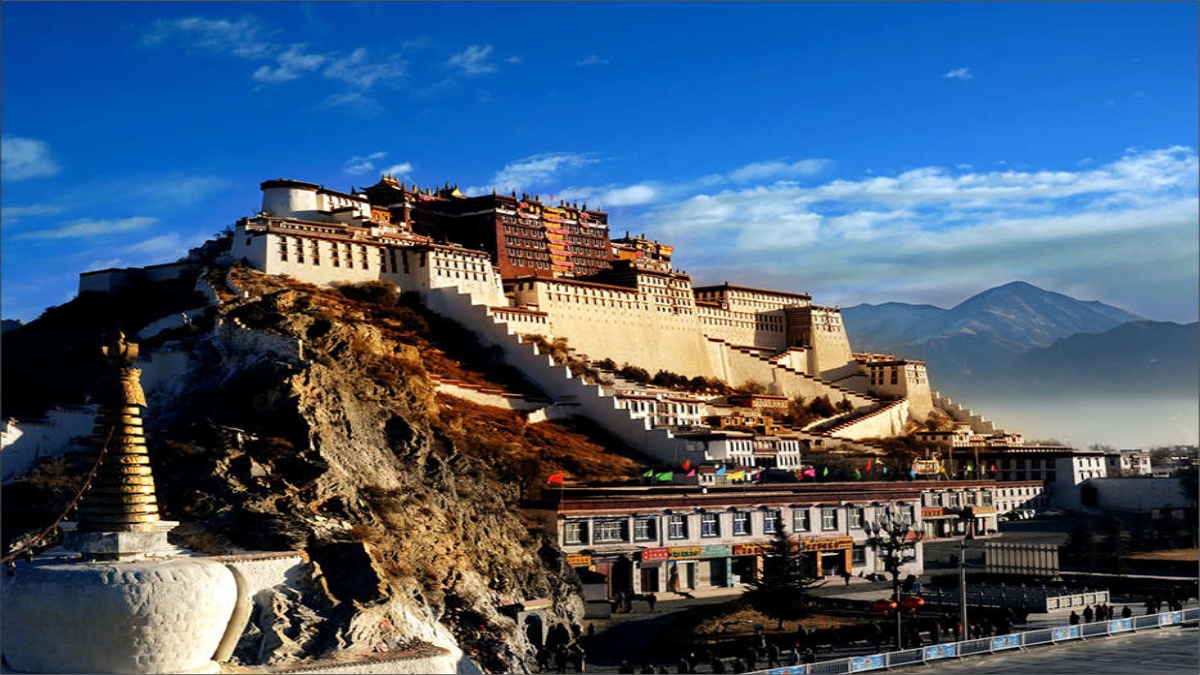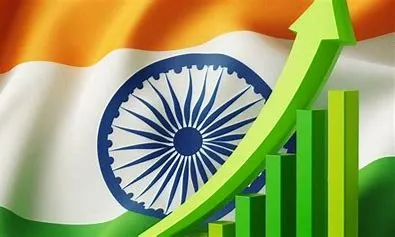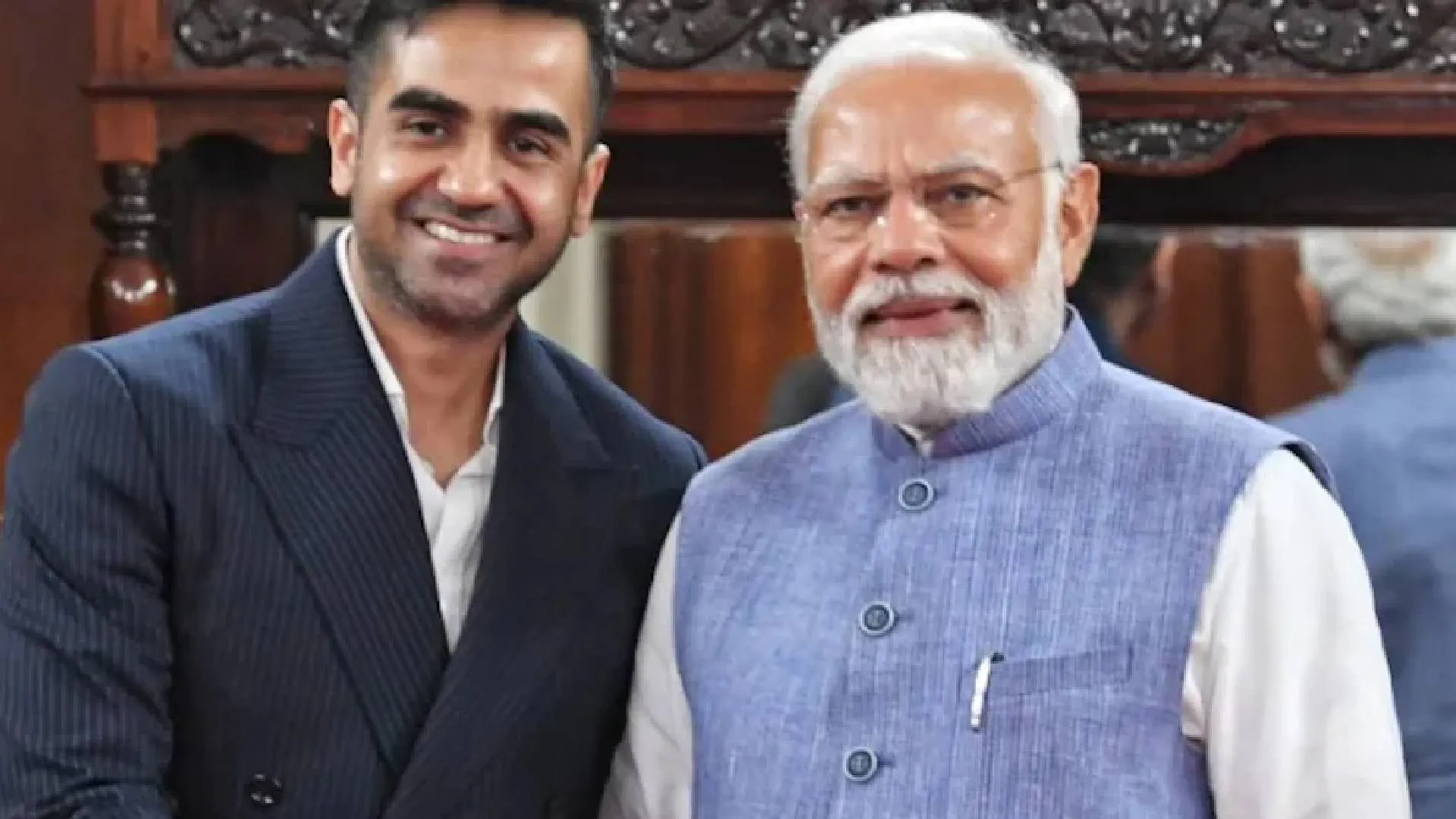In 1998, when George Fernandes, then Defence Minister, affirmed that “China is India’s enemy number one”, he was politely asked by his own government to keep his thoughts to himself; the last thing that the Vajpayee government wanted was to get “bad relations” with the powerful northern neighbour. The policy then was to “engage” China.
Twenty years of the engagement policy have not paid any dividends. However, since the beginning of the confrontation in eastern Ladakh and the spread of the Chinese virus all over the planet, the ‘official’ mindset has started to change, including in India. Experts and thinkers now believe that one should study China; it is happening late in the day, but as the saying goes ‘better late than never’.
Addressing the 13th All India Conference of China Studies, External Affairs Minister S. Jaishankar recently admitted: “There is no question that we need to invest more deeply in the study of China. It’s salience in the global order is self-evident; and recent decades if anything have only heightened that prominence. That it is a proximate neighbour of India only makes stronger studies an even more compelling case.”
The minister added; “it is naturally to our advantage that there is solid expertise on China in India.”
Let us hope that it translates into ‘solid’, not hazy academic studies, like the ones of the past.
In the meantime, the Indian Army, always more down-to-earth than the mandarins of South Block (though the Army HQ is also located in South Block), is working on a ‘Tibetology’ programme for its officers. According to The Times of India, the top brass is studying “a proposal for its officers to study Tibetan history, culture and language on ‘both sides’ of the Line of Actual Control and the international boundary as part of the measures being discussed to counter the propaganda and spread of influence by China.”
This is a most welcome move, though it should have taken place several decades ago. It appears that it was initiated during the Army Commanders’ Conference last October; it will now be taken by the Army Training Command (ARTRAC) in Simla. An Army official told The Times of India: “Army officers are generally well-versed with Pakistan. But similar expertise in China and the Chinese psyche is lacking. Officers who really understand China are very few in number. Tibetology fares even worse. These deficiencies need to be plugged.”
While working on this subject for a new website, I realised how much effort the British invested in Himalayan and Tibetan studies. One can find hundreds, if not thousands of research papers, exploration reports, maps, notes, books, etc. on the geography, history, anthropology, culture, religions as well as strategic studies of the mountainous northern frontiers of India; this includes the remarkable studies of the borders by botanists Frank Kingdon-Ward and naturalists Frank Ludlow who drew maps for their government.
The arrival of the Chinese People’s Liberation Army on the plateau in 1950-51 and the ‘ratification’ of the Communist presence in Tibet in April 1954 (through the infamous Panchsheel agreement) put a stop to all these researches (academic or otherwise); it was/is an unnoticed tragedy.
In March 1959, the Dalai Lama took refuge in India and he was told by the Prime Minister: “No politics on Indian soil!” No question of studying Tibet anymore.
In 1962, the ‘silk roads’ across the Himalayan passes were closed, not reopened till today (except for three minor land ports in Nathu-la, Shipki-la and Lipulekh-la). As a result, no serious studies were undertaken, or even encouraged; the leitmotiv being: “We should engage China, not upset Beijing”. Hopefully something will change now with ARTRAC’s initiative.
However, there are several difficulties. The first one is that there is a dearth of scholarship on the subject due to the ‘black-out’ put in place by India’s diplomacy. Nobody has been encouraged to study Tibet and the Himalaya, other than on the question of refugees’ rehabilitation or human rights.
After being involved in the issue for decades, I feel that the new scheme should be called “Himalayan and Tibetan Studies”; there are many reasons for this. One is that for millennia, the Himalaya has been a bridge between the Indic and Tibetan civilisations with the great physical barrier witnessing constant contacts between two cultures which shared an aspiration for deeper values in life. Is not the blue-throated Shiva still living on Mount Kailash?
Contacts between the Tibetan plateau and the subcontinent existed in an ancient past. Unfortunately, scientific interdisciplinary studies are mainly being conducted in China, which has its own ideological bias. Very little is done on the Indian side, with many government restrictions due to the proximity of the border; will it be now encouraged?
There are many others reasons for linking the Himalayan and Tibetan studies: Whether historical, anthropological, spiritual and perhaps more importantly today, strategic.
The most serious problem is the taboo around the ‘T’ world (‘T’ for Tibet). For decades the word could not be pronounced by well-thinking politicians and babus; it has translated into the complete confiscation of the history which remains locked up in the vaults of South Block.
Shockingly, the records of the relations between India and Tibet have disappeared; all the historical records kept in Gangtok between 1889 and 1975 in the Office of the Political Officer for Tibet, Sikkim and Bhutan cannot be traced.
A few months after the merger of the Himalayan state with the Union of India, four lakhs of files, pertaining to the period between 1890 and 1975, were dispatched to Delhi. In early 1976, six truck-loads arrived in Delhi under CRPF escort. Since then, nobody wants to know where these Sikkim Papers are or if this archival treasure still exists; for some, it may represent something which should be eradicated from the collective psyche, though it would have an immense historical value today to show that India and Tibet had a different relation than the one being portrayed by China.
The Political Officer (PO) was the Government of India’s eye over the entire Himalayan region. From the seasonal Indian Trade Agency (ITA) in Gartok in Western Tibet, to the ITA in Gyantse and Yatung, the Indian Mission (and later Consulate General) in Lhasa, all correspondence passed through Gangtok.
Though South Block probably has copies of some of the Sikkim Papers, the entire set is not traceable. It is a tragedy for researchers and it would undoubtedly help strengthen India’s case in the present circumstance; it should be the basis of any serious ‘Tibetology’ studies.
The question is: Can the mindsets change and the ‘T’ word stop being taboo? Let us hope for the best.
The writer is a French-born author, historian, Tibetologist and China expert. The views expressed are personal.






















